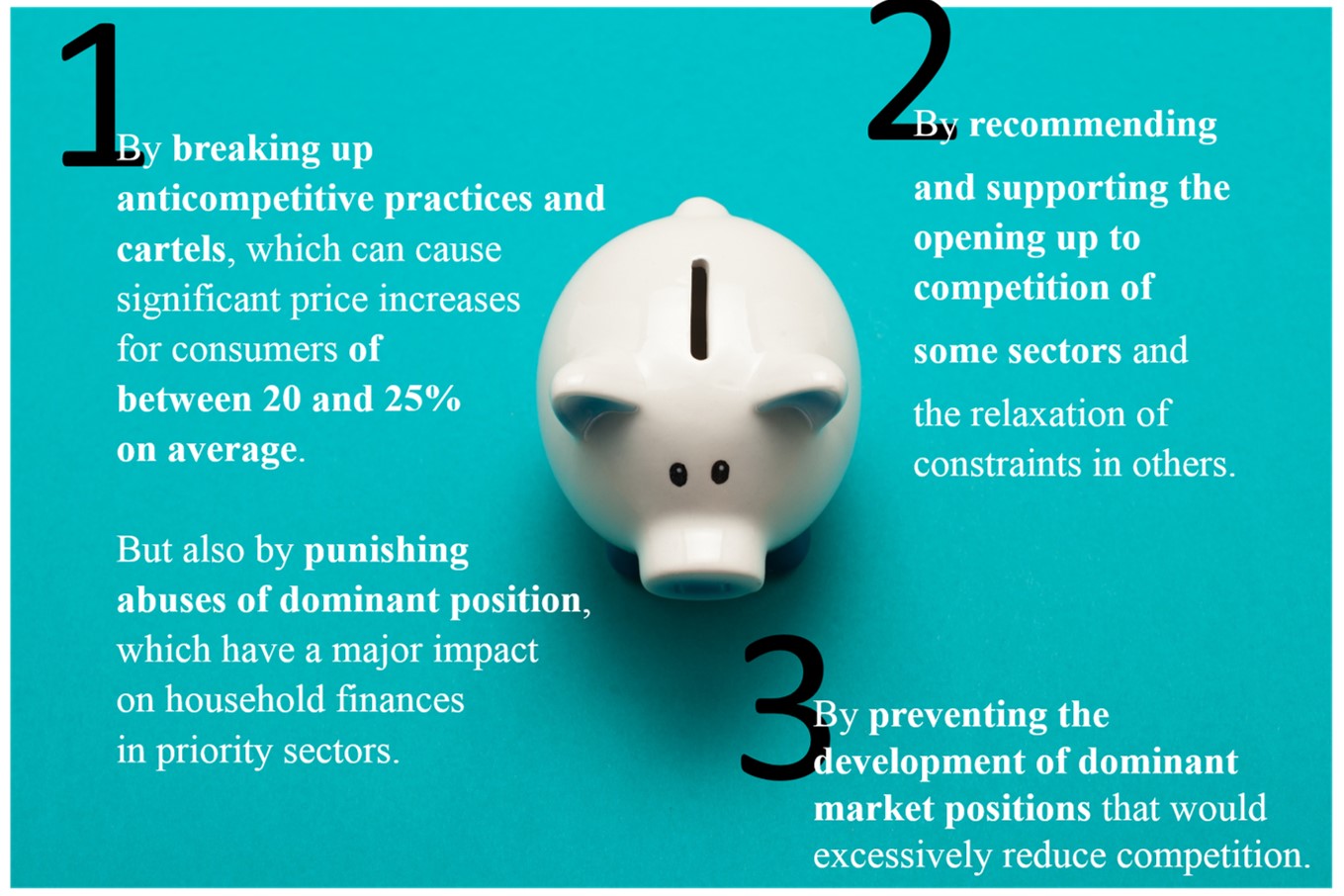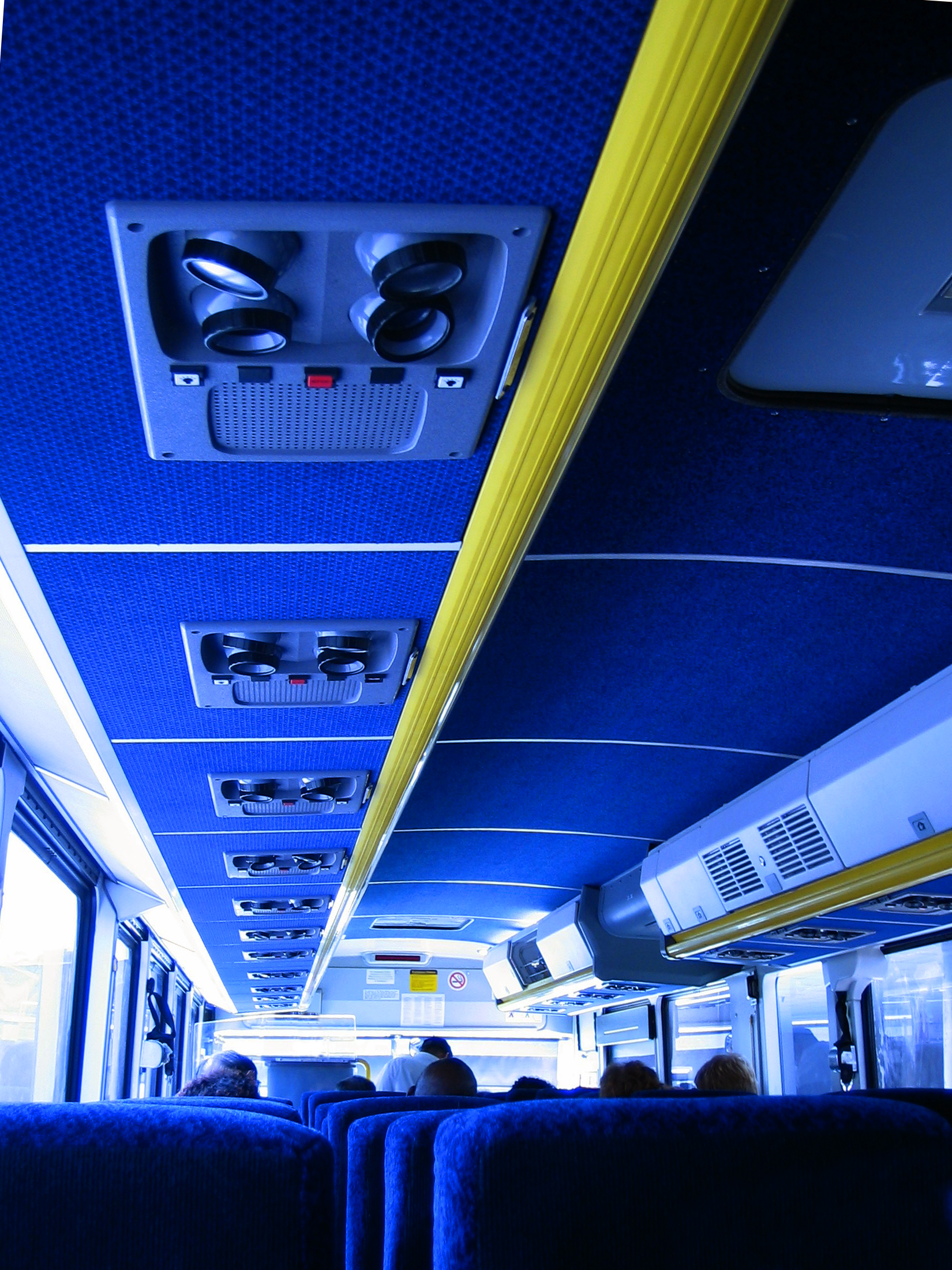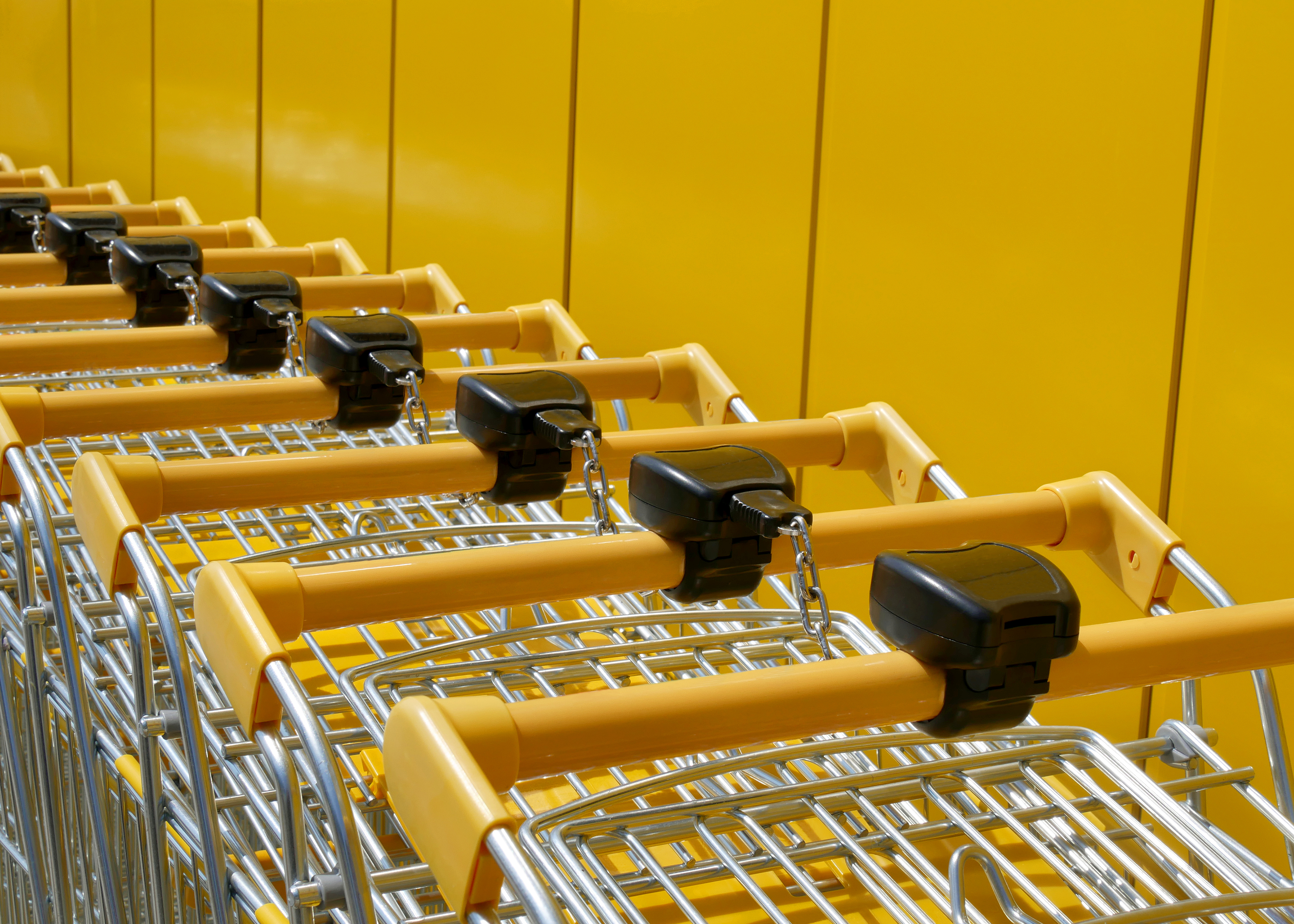The benefits of competition
As in sport, competition is an incentive for companies to excel, thereby fostering innovation, diversity of supply and attractive prices for consumers and businesses alike. Competition thus stimulates growth and generates substantial benefits for all!
In everyday life, the French people understand this, making use of competition wherever they can by comparing available products, prices and services and switching operators to benefit from more attractive offers.
Competition improves purchasing power
Purchasing power is a major concern in France. Competition policy is a powerful and effective tool for protecting purchasing power. Fighting anticompetitive practices, reviewing take-overs and mergers and updating laws and regulations all work towards the same objective: to drive genuine competition, which translates in particular into more attractive prices for consumers.
The Autorité takes action on several fronts:

Companies benefit too... as customers of other companies.
A study of the cartels detected by the European Commission has shown that 60% affect intermediate goods markets and therefore directly impact the competitiveness of businesses by increasing the cost of their inputs.
More competition means greater choice and more services
Competition is not just a matter of price. In practice it means greater product diversity and promotes the emergence of new services. The pressure exerted by their competitors encourages companies to promote their products and to stand out by focusing on originality or quality of service or by targeting new customer segments.
With access a wider range of products and services, consumers – and also businesses, as consumers of raw materials – can find the product that best meets their needs.
For example, opening up the gas and energy markets to competition means that every consumer can choose the option that suits them best, from a multitude of suppliers and offers (from regulated tariffs to 100% online offers, or green energy).
New services offered by major retailers

Innovation – competitiveness – growth: the virtuous circle of competition
Competition means constant stimulation
For established companies, economic competition is an incentive to constantly innovate and improve their productivity, in order to remain efficient and effective and thus to keep attracting consumers.
When there is a wide range of products and services that meet their needs, consumers do not always choose solely on price. The quality of the products and services on offer can also be decisive factors. In order not to cede ground to their competitors or to new, better performing entrants, companies have an incentive to stand out by being more innovative and to invest in research and development.
In addition to technological innovation, competitiveness through quality also depends on other factors such as design, brands, know-how, commercial innovation, delivery and after-sales service. Competition thus improves quality.

Competition policy as a safeguard against deviant behaviour
Fighting anticompetitive practices does not just benefit consumers. It ensures that companies compete fully with each other. When companies are no longer truly competitive, their strategy becomes fixed and there is less incentive to innovate! Although this artificial “boost” can have short-term benefits, it jeopardises the medium- and long-term competitiveness of a company and of the sector more generally. Anticompetitive agreements and cartels can also have an impact on other downstream companies – especially SMEs – by driving up the price of intermediate products and, consequently, their production costs.
Since competition is a process, a company may – at some point – end up with a large market share. This is not, in itself, unlawful if the company has acquired the position on its own merits, by meeting customers’ expectations better than its rivals. However, competitors that are more innovative or efficient must be able to challenge this situation, whether they are already present on the market or are new entrants.
This is the role of competition policy, which can also restore the competitive process when competition is hindered by players in a dominant position. For example, dominant players may be tempted to foreclose the market and prevent the development of new entrants. This type of behaviour hampers the emergence of new business models and can hinder the development of SMEs. The Autorité de la concurrence’s role in detecting these practices is therefore crucial.
New business models: an opportunity for our economy
Competition ensures market access for both companies and consumers
In most sectors, the opening up or strengthening of competition with the rapid emergence of new players leads to a significant reduction in the prices offered to consumers. In mobile telephony, for example, the arrival of Free in 2012 led to a general reduction in the prices of mobile phone packages of around 30%.
Apart from the effect on prices, opening up markets also provides a gateway for new players, with often different and sometimes more effective business models. Competition helps forward-looking and risk-taking players, paving the way for new ideas, new formats and innovative production processes that promote growth and, ultimately, jobs.
Unsatisfied demand can be met: new entrants often target customers that had never been or had ceased being consumers because the product or service had become too expensive or complex in relation to their needs or willingness to pay.

Low-cost flights: the model that revolutionised a whole sector
The low-cost model is based on the principle of marketing a “basic” product, i.e. one that is stripped of all the services that accompany the classic offer. With the simplification model, a company can standardise production and reduce its costs drastically, as well as the retail price for the consumer. The arrival of a low-cost offer in a market generally encourages the traditional players to reposition their offer either as premium or on low-cost: for example, in the aviation sector, the arrival of EasyJet and Ryanair led Air France to launch the Transavia and Hop brands to complete its range.

Opening up coach transport: positive effects on growth and jobs
In a nutshell, it led to growth and employment.
Because it rewards merit, competition brings hope and opportunity to innovators and facilitates the introduction of breakthrough innovations. For example, technological innovation in the private hire and taxi sector, with smartphones, has opened up new opportunities for growth and jobs.
Revitalization of existing players
The price reduction brought about by competition is not limited solely to new entrants but extends to the whole market. To address the threat posed by new competitors, incumbents adjust their prices to remain competitive. The reduction in prices therefore benefits not only the new operators’ customers but also those of established companies. Purchasing power is thus increased for all consumers in a market. The mobile telephony and low-cost sectors are good examples.
